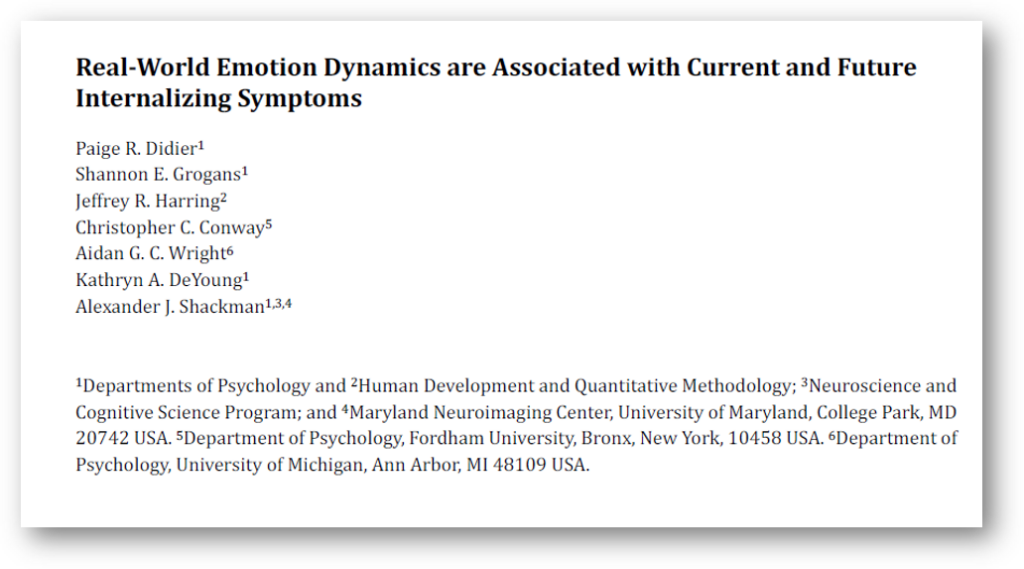



Congrats to all of our wonderful undergraduate scientists and their primary mentor, Dr. Jason Smith!
Update: The skin conductance poster was honored by the 2024 Research Gold Award, the highest honor conferred by the Department to undergraduate scientists. Mazel tov!
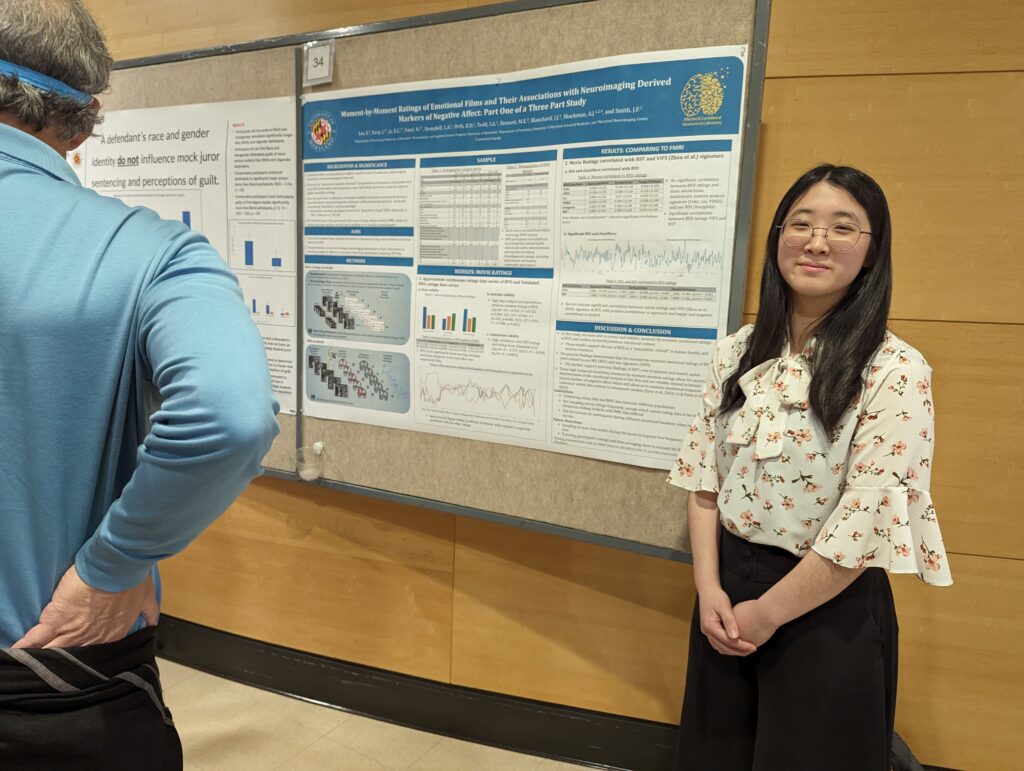
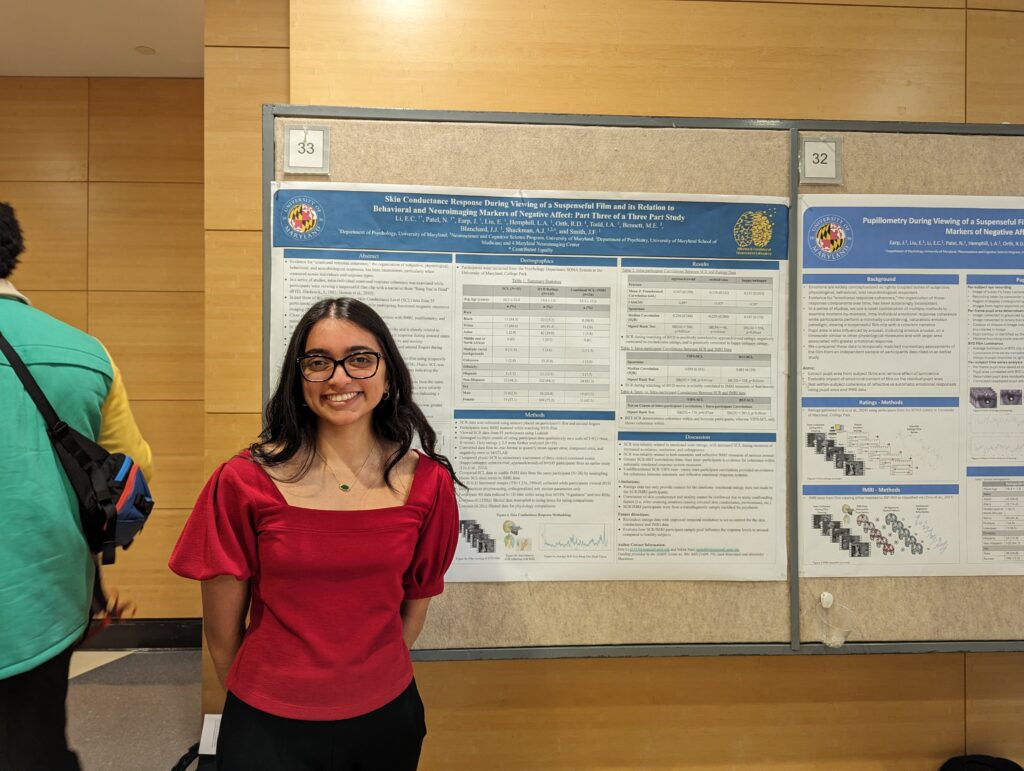
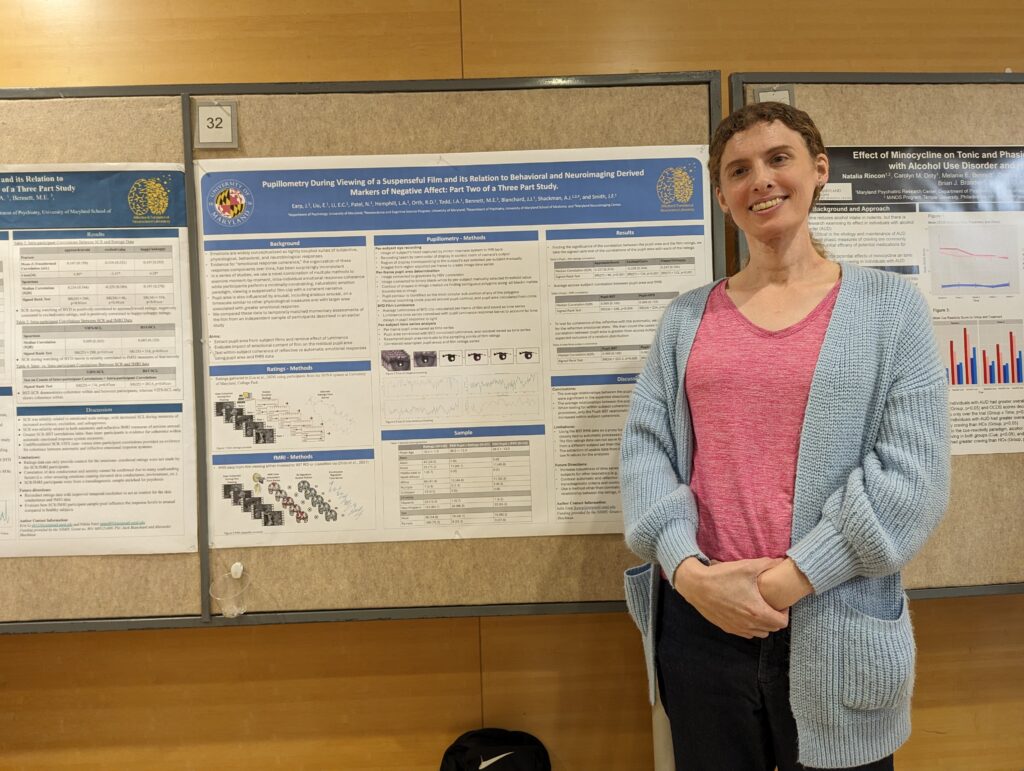

Dr. Shackman’s contributions to the scientific understanding of fear and anxiety were recently recognized by the College of Behavioral & Social Science’s 2024 Excellence in Research award. Congrats!

| Welcome aboard to our incoming Ph.D. student, Kalina Kalinova! Kalina graduated from Sofia University in 2019 with an undergraduate degree in Psychology. After graduation, she completed her Masters degree in Clinical Neuropsychology at Leiden University and a research internship at the University of Cambridge, working with Dr. Kai Ruggeri. CV |
Big congrats to Gaby Castro, who presented her first scientific poster at the annual Mid-Atlantic Neuroscience Diversity Scholars (MiNDS) retreat at Temple University.
Gaby’s poster, entitled “Understanding the impact of acute alcohol administration on fear and anxiety circuitry: Study overview and preliminary behavioral results” represents the first fruits from her time spent working in Shackman lab. Her results provide compelling new experimental evidence that low-to-moderate doses of alcohol acutely dampen subjective feelings of fear and anxiety, and do so similarly for uncertain and certain threat. Her results also provide an important independent replication of other work from our group using the Maryland Threat Countdown task, demonstrating that the anticipation of aversive stimulation triggers a robust state of distress, and this fear and anxiety is particularly intense during the anticipation of uncertain threat (consistent with work in University students and Community volunteers).
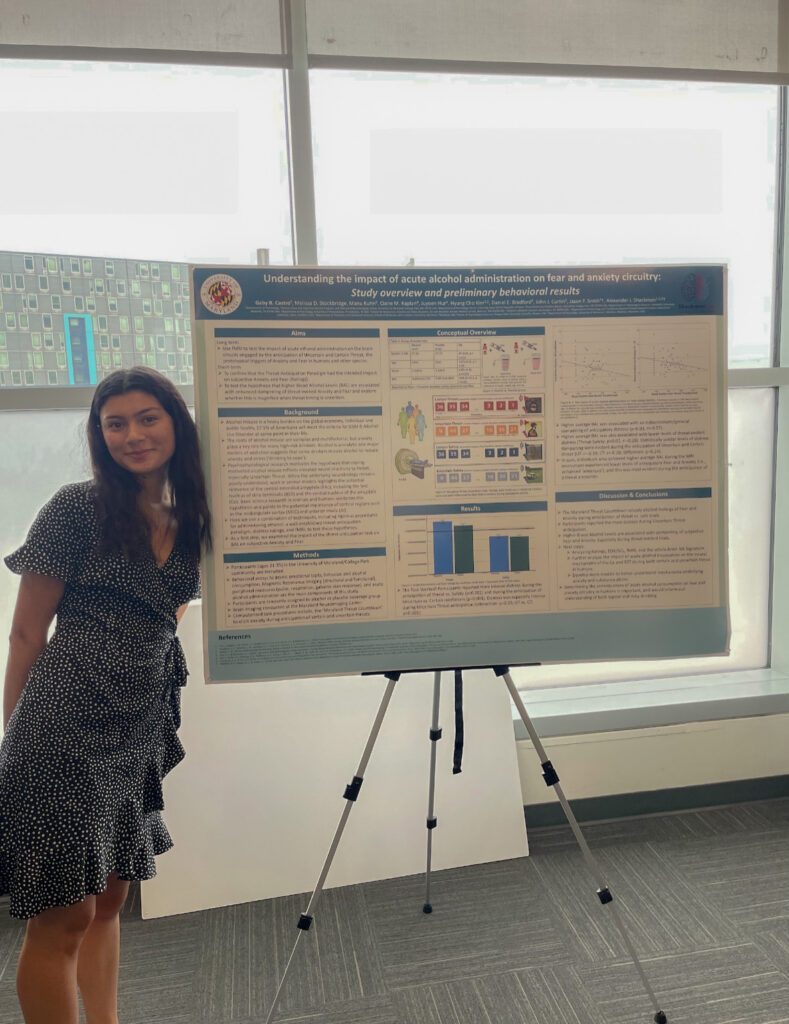

The lab was fortunate enough to receive a very generous new NIMH award focused on understanding the computational and neural architecture of fear and anxiety.
Despite growing concerns about validity, the NIMH Research Domain Criteria (RDoC) framework plays a key role in organizing basic, translational, and clinical research. RDoC’s approach to fear and anxiety is categorical: threat is either acute or potential; engages either the Amygdala or the bed nucleus of the stria terminalis (BST); and elicits either fear or anxiety.
Recent work by our team, Dean Mobbs, and other investigators casts doubt on this binary perspective, spurring the development of alternative approaches.
Dimensional models posit that threat responses vary along a smooth continuum of perceived danger—from absolutely safety to on-going attack. Danger perceptions are thought to emerge from parametric estimates of threat proximity, probability, and certainty, which are computed in weakly segregated cortico-subcortical circuits. To date, there have been no systematic, well-powered efforts to computationally implement these competing models and compare their validity.
Furthermore, while both models highlight the importance of threat uncertainty, they do not specify which kind. Computational psychiatry recognizes 2 mathematically distinct kinds of uncertainty: Risk and Ambiguity. Which of these is more relevant to threat reactivity and how they map onto the underlying neurobiology is unknown. To address these fundamental questions, we will recruit a racially diverse community sample enriched for elevated fear/anxiety symptoms. Using techniques adapted from neuroeconomics, a parametric threat-anticipation paradigm will allow us to simultaneously probe circuits sensitive to categorical (RDoC) and dimensional variation in threat for the first time. Smartphone phenotyping will assess real-world threat exposure, uncertainty, and distress.
Extreme fear and anxiety are leading causes of human misery and morbidity. This project will provide an exciting opportunity to develop one of the first computationally grounded models of fear and anxiety in a relatively large and diverse “DMV” (DC, MD, & VA) sample. It will help adjudicate on-going theoretical debates, validate a new conceptual approach for use with other read-outs and species, set the stage for new kinds of translational models and clinical studies, prioritize new targets for neuromodulation and other therapeutics development, and set the stage for the development of RDoC 2.0.
This project represents a team-science collaboration between the University of Maryland (Drs. Alex Shackman & Jason Smith) and the University of California-Davis (Drs. Andrew Fox & Erie Boorman)
You can read more about the project at Maryland Today.

July 1, 2021
An enormous congratulations to Dr. Rachael Tillman, who successfully defended her doctoral thesis, “Impact of Social Threat on Extended Amygdala Function in Adolescent Social Anxiety.” The project represents the culmination of more than a half decade’s work by Rachael, who designed the project, devised and constructed a novel social extension of the Maryland Threat Countdown paradigm, screened hundreds of families, personally collected all of the data, and played a central role in analysis and data interpretation — all while simultaneously juggling intensive practical training in clinical assessment and treatment in College Park, DC, and Austin, Texas. We’re immensely proud of Rachael and look forward to continuing to closely collaborate as she begins postdoctoral training in pediatric neuropsychology at Children’s National Hospital, DC.
Open Science FTW! Although the lab has long made a point of uploading raw data to NDA for select NIMH-sponsored work and 2nd-level fMRI stats maps to NeuroVault for all publications, we are now taking it to the next level, and beginning to share subject-level brain imaging data with the ENIGMA Anxiety Workgroup (ENIGMA-Anxiety) and with the Affective Neuroimaging Collaboratory. These data will ultimately enable well-powered, reproducible, multi-lab analyses of the brain bases of anxiety disorders and BI, and the development of more sensitive and specific brain signatures of emotion. This is important because emotional disorders impose a staggering burden on global public health, and existing interventions are inconsistently effective.
Data sharing is a core scientific value, and maximizes the return on precious taxpayer investments in basic and clinical research.
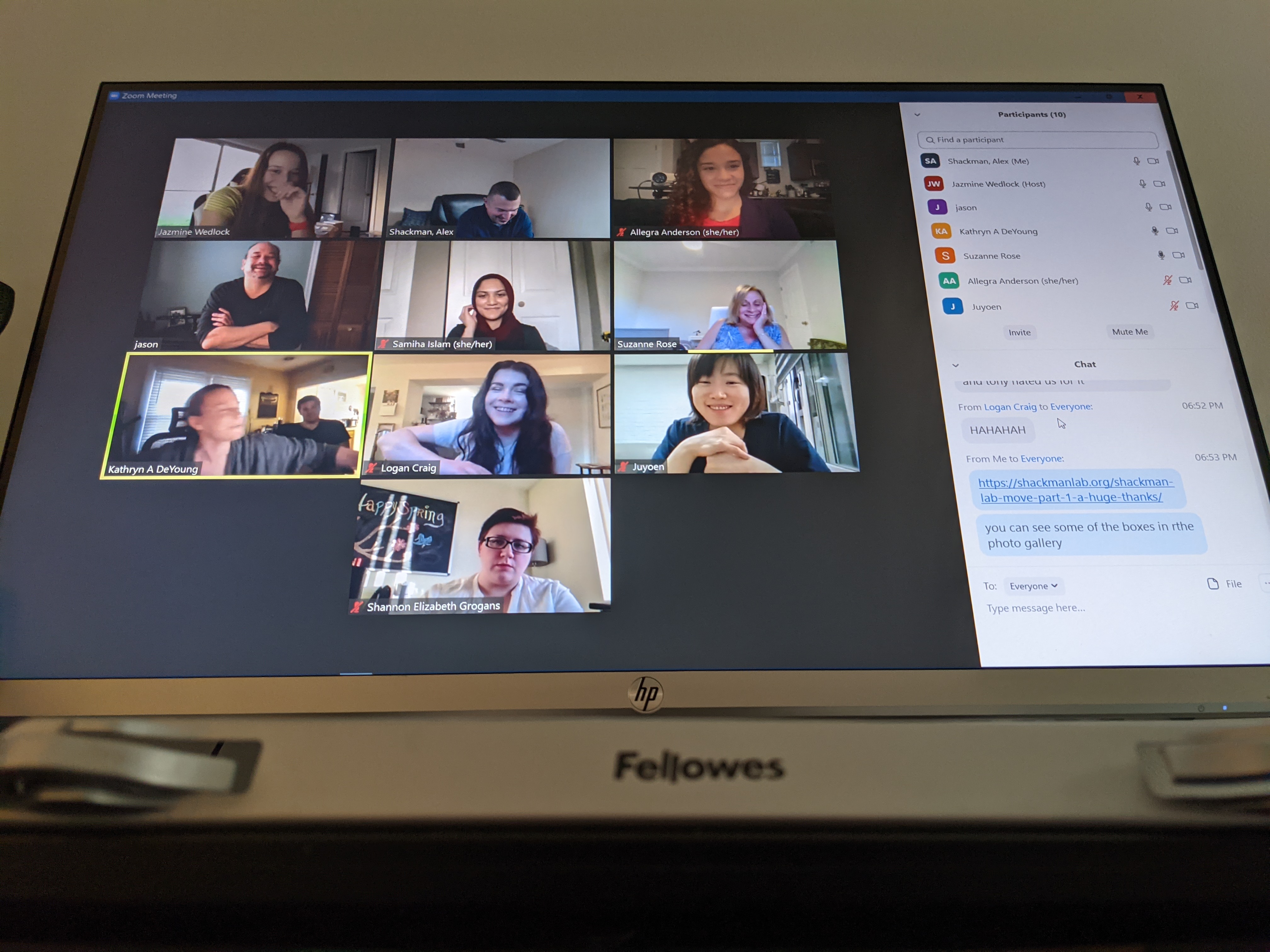
Katie wrote, It’s crazy to think that it’s been almost a full year since the COVID-19 pandemic shut down the world as we knew it. Despite the extreme uncertainty that we’ve all faced over the last year, we’ve continued to persevere and put our best foot forward. In recognition of this, I wanted to share an exciting announcement of what we have accomplished.
As of March 2021, we have finished data collection for our two and a half year longitudinal study entitled “Prospective determination of neurobehavioral risk for the development of emotion disorders,” also affectionately known as “The neuroRED Project” or “PAX.”
Beginning in the Fall of 2016, our team set out to better understand how emotions are organized in the brain, how they differ from person to person, and ways in which these differences can influence the risk of developing an anxiety disorder or depression. Our recruitment and baseline data collection efforts included the screening of over 6,000 prospective participants, 258 consents, 246 lab assessments and smartphone ecological momentary assessment (EMA) batteries, 250 clinical assessments, and 241 MRI sessions. The volume and speed at which fMRI data collection was conducted was so extraordinary that the Maryland Neuroimaging Center (MNC) called for a reform of MRI scheduling procedures. These efforts ultimately resulted in 234 participants who were eligible for the longitudinal study.
Since then, we have completed 4 follow-up data collections, including 690 lab assessments, 691 EMA batteries, and 460 clinical assessments. In the end, we achieved an overall retention rate of 97.86% – an amazing feat for a longitudinal study (see table below for more details). Our participants enjoyed being a part of this project to the extent that 96.58% of them reported that they would like to be contacted for future research opportunities with the Shackman lab. Further, this study has provided our students with a number of invaluable training opportunities, from learning how to collect and make sense of cutting-edge brain imaging data to public speaking.
All of this is an absolutely enormous accomplishment that could not have been done without the help of each and every one of you. Through tight deadlines, long weekends at the MNC, countless hours spent on the phone, and hundreds of emails… we did it! As we like to say to our participants: “Thank you so much for your continued participation in the neuroRED project over the past two-and-a-half years. Your contributions were critical to our success and have already begun to provide important new insights to the fields of psychology and neuroscience research!”
But seriously… I hope you can join us in feeling the pride, joy, and relief that we are feeling right now. This has been a remarkably rewarding journey for all of us in the lab – scientifically, professionally, and personally. Alex and I are eternally grateful for your willingness to share so much of yourselves and your time with us.
Alex wrote, First, a deep bow of gratitude to each and every one of you for making this possible. I would like to extend a special, heartfelt thanks to
-> Sue Rose, who patiently helped guide the many revisions we made to the standard SCID-5 modules, single-handedly completed hundreds of detailed clinical interviews, and was compelled to repeatedly drive to the UPS store lugging the resulting boxes of interview notes
-> Jason Smith, who built the imaging paradigms and devised new ways of processing, analyzing, and storing the data
-> Katie DeYoung, the heart and soul of the project. Katie was involved with every aspect of PAX, often working extraordinarily long hours to ensure its success. Paired with Sue’s gentle probing of subjects’ psychological innards, Katie’s cheerful case-management approach made it possible to maintain extraordinarily high levels of sample retention across multiple waves of assessment.
You three made it possible for me to maintain my sanity and (for the most part) sleep soundly at night over the past 5 years, and we and other researchers will reap the scholarly rewards of your extraordinary efforts for years to come. I am so very grateful.
Thanks to EVERYONE who contributed to this project, in ways small or large. We could not have done it without you.
A new study from the Shackman lab in the Journal of Neuroscience has been featured in several recent stories in the media. Building on other work by our group over the past decade (for example, this theoretical review), the new brain imaging study provides evidence that uncertain and certain threat are processed by a common core threat anticipation network. These results run counter to the popular idea that waiting for certain (“fear”) and uncertain threat (“anxiety”) reflect strictly segregated, non-overlapping brain circuits.
The study, which was first selected for special promotion by the Society for Neuroscience and UMD Brain & Behavior Institute, has since been the focus of articles in Axios, The Scientist, Medical Xpress, SciTech Daily, Theravive, Maryland Today, and the Italian-language Le Scienze.
The study was supported by the National Institute of Mental Health, and spearheaded by our former postdoc, Dr. Juyoen Hur (now an Assistant Professor at Yonsei University, Seoul, South Korea).
Interested in learning more? The paper is freely available here.
Bittersweet congrats to Manuel (‘Manu’) Kuhn! New postdoctoral position at McLean with the Pizzagalli group.
To quote, Dr. Smith (top-center), “Manuel, we’ve enjoyed having you here. You’ve been a pleasure to have in the lab. I know the graduate students have benefited immensely from having you here to help them. When we both sent code to extract an ROI to help an unnamed grad-student, they used yours because it “made more sense.” That is a valuable thing. Other things you’ve given to them have also “made sense.” There is something special about knowing you have left a mark on students as they move forward and I think you have left something here. It’s a nice thing to hold on to when you’re fighting with reviewers on your next paper. You’ve also helped me with looking back at the big picture. It’s easy (and fun) to get lost in complex solutions to at least seemingly simple problems. It’s worth it to be reminded that rather than always hunting more and more complex solutions, simple ones can also have utility. It was humbling to see your “let’s just do it” SPM/SPM results pop as expected when JFS/JFS results were null no matter what the ultimate reason and outcome. There is definitely something to be learned there and I will try to remember it. I hate being wrong with all of my being but I absolutely love it too and would never pass it up so, thank you. I hope the totality of the AAS experience we’ve had gives you that same perspective. Seeking knowledge is difficult. Mostly we fail miserably. Maybe, once in a blue moon, we hit something truly interesting. Even if it never sees publication, that new piece of knowledge you’ve found it worth all the effort.
That said, you BETTER get something together to submit … within the next month or I’m coming up to Boston with a big stick to hunt you down! We’ve enjoyed having you in the lab and I wish you all the best in the future.”

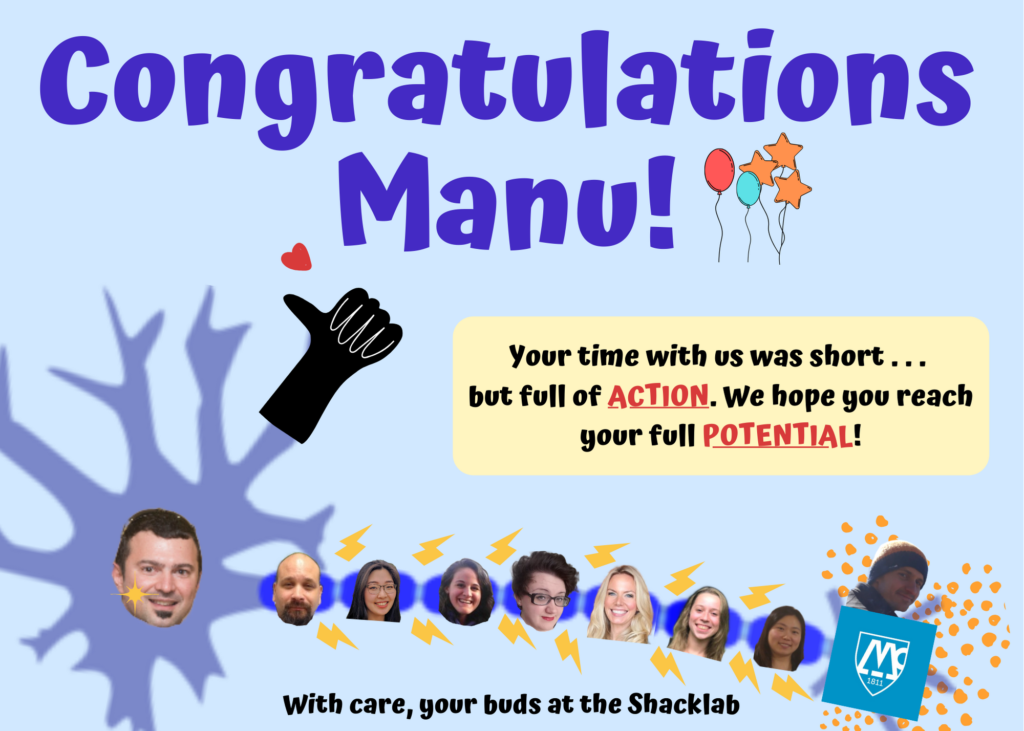
Shannon Grogans’ application was selected for an honorable mention (top 25%) by the National Science Foundation. This is an extremely competitive national award, with more than 12,000 applications submitted every year. Congratulations, Shannon!
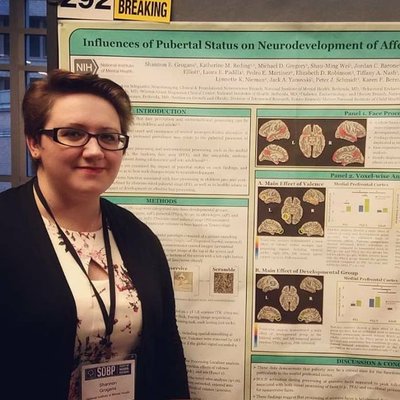
A warm welcome aboard to two new members of the lab. Logan Craig will be joining us as a post-baccalaureate research assistant and our longstanding collaborator, Dr. Matt Barstead, will be officially joining us as a data scientist.
Dr. Shackman is accepting graduate student applications this cycle. Although you are welcome to apply via the Clinical Psychology area group in the Department of Psychology or the Neuroscience and Cognitive Science (NACS) training program, we strongly prefer NACS (‘affective neuroscience’) applications. This is a great opportunity to live in and explore the greater DC, MD, Northern VA region (‘The DMV’)!
Here are some tips–good luck!
Letters to potential advisors: Steve Luck’s Blog (I will respond slowly, but I promise that I will read and respond!)
Reflections on Graduate School: Blog. (Most of what Russ writes here applies equally well to our lab!)
PhD Life:
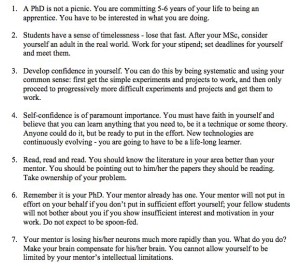
You might also check out this inspirational piece by Kay Tye (MIT): Mission
Some Questions to Ask Potential Mentors (h/t Jay Van Bavel, NYU):
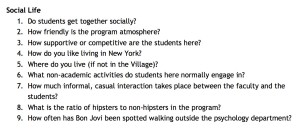
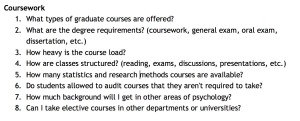

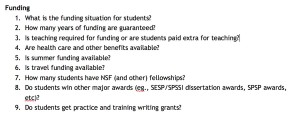
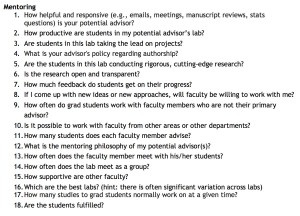
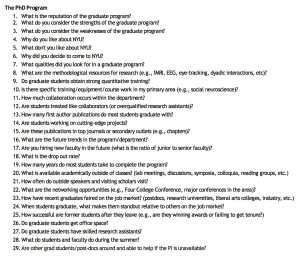

Postdoctoral fellow Juyoen Hur’s new paper in Scientific Reports was featured in Maryland Today.
Postdoctoral Position in Affective and Clinical/Translational Neuroscience
University of Maryland, College Park, MD
Candidates are being considered for a NIMH-funded postdoctoral position in the laboratory of Dr. Alex Shackman in the Department of Psychology at the University of Maryland at College Park (http://shackmanlab.org/). The overarching mission of the lab is to have a deep impact on the fields of affective and translational neuroscience. To that end, we do our best to perform innovative studies that can lead to significant discoveries, to disseminate our discoveries as widely as possible, and to mentor trainees to become top-notch scientists. The focus of this position will be to support on-going projects aimed at understanding the neurobiology of fear and anxiety and its role in the development and maintenance of anxiety disorders, depression, and substance abuse. A secondary focus will be on linking variation in the function of that circuitry to thoughts, feelings, and behavior in the real-world, indexed using ecological momentary assessment (EMA) techniques. There will be opportunities to become involved in other projects and to develop new analytic strategies. We are particularly excited about candidates with a strong background in fMRI methods or other kinds of computationally intensive signal processing (e.g. machine learning), but will also consider those with expertise in other areas of affective/cognitive neuroscience or data science/scientific programming. We want someone who is comfortable teaching themselves new techniques and who can jump right into doing science, so decent-or-better coding and statistical skills are mandatory. Applicants should have a Ph.D. in a relevant field and excellent organizational and interpersonal skills. This is a 1-year position that is renewable, contingent on performance and funding. Applicants should send a cover letter or portfolio describing relevant skills, experience, and interests—please provide concrete details about your technical contributions to past projects. Please include a current CV and contact information for 2-3 references to Dr. Shackman (shackman@umd.edu). Applicants will be considered until the position is filled. The University of Maryland is an Equal Opportunity/Affirmative-Action Employer.
Read more about the NIMH R01 project here and here. Read more about the NIDA R21 project here and here.
Feel free to spread the word (PDF ad)!
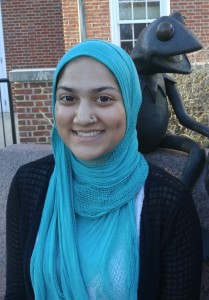
Post-baccalaureate researcher Samiha Islam was invited to attend the 4th annual Diversity in Psychology Program at the University of Minnesota. Congrats, Samiha!

Matt Barstead was invited by the program planning committee to give a presentation at the international meeting of the Association for Psychological Science in Boston as part of a symposium on Novel Analytic Approaches to Clinical Science Data Over Time organized by Elizabeth Page-Gould and Jennifer Tackett. Congrats, Matt!

Katie has accepted an offer from the Department of Family Science in the School of Public Health at the University of Maryland and will begin a Master’s in Couples and Family Therapy while continuing to play a key role in the management of our lab. She will also be affiliated with the Center for Healthy Families. Congrats, Katie!
Study Coordinator: Full-Time Post-baccalaureate Position in Affective and Clinical/Translational Neuroscience, University of Maryland, College Park, MD
Candidates are being considered for a NIH-funded post-baccalaureate (study coordinator) position in the laboratory of Dr. Alex Shackman in the Department of Psychology at the University of Maryland at College Park (http://shackmanlab.org/). The overarching mission of the lab is to have a deep impact on the fields of affective and clinical/translational neuroscience. To that end, we do our best to perform innovative studies that can lead to significant discoveries, to disseminate our discoveries as widely as possible, and to mentor trainees to become top-notch scientists. As part of several recent NIH awards, the focus of this position will be to support on-going projects aimed at understanding the neurobiology of fear and anxiety and its role in the development and maintenance of adult anxiety disorders, depression, and substance abuse. This position will provide opportunities to gain experience with neuroimaging (fMRI), ecological momentary assessment (EMA), and clinical assessment techniques. This is an exciting opportunity for receiving top-notch mentorship and establishing a competitive research record (publications, conference presentations) in preparation for graduate school. This is a 1-year position that is renewable for a total of 2 years, contingent on performance and funding. Duties may include, but are not limited to, subject recruitment and scheduling; data acquisition, processing, and archiving; study/database management, and general lab administration. Applicants should send a cover letter describing relevant experience and interests, CV/resume, and 2-3 letters of reference to Dr. Shackman (shackman@umd.edu). Applicants will be considered until the position is filled. The University of Maryland is an Equal Opportunity/Affirmative-Action Employer. This is a fantastic opportunity to live in and explore the DC, MD, and N VA area!
Read more about the NIMH R01 project here and here. Read more about the NIDA R21 project here and here.
Please spread the word (PDF ad)!
Matt successfully defended his dissertation proposal, “An Initial Evaluation of IBI VizEdit: An RShiny Application for Obtaining Accurate Estimates of
Autonomic Regulation of Cardiac Activity.” The project will provide a vehicle for refining, validating, and applying open-source code for processing cardiac data (and for completing the last remaining hurdle to earning his PhD). Congrats, Matt!
In collaboration with Drs. Jack Blanchard (Psychology), Eun Choe (CS/iSchool), and Alan Anticevic (Yale Psychiatry), the Shackman lab has been awarded a $50,000 seed grant from the UMD Brain & Behavior Initiative. The grant will fund new research aimed at understanding the role of fear and anxiety circuitry in psychosis. In addition to neuroimaging, the project will harness the power of wearable technology to clarify the ways in which activity, context, and stress can influence negative affect, mistrust, and paranoia in patients suffering from schizophrenia and psychosis.
Candidates are being considered for a NIMH-funded postdoctoral position in the laboratory of Dr. Alex Shackman in the Department of Psychology at the University of Maryland at College Park (http://shackmanlab.org/). The overarching mission of the lab is to have a deep impact on the fields of affective and translational neuroscience. To that end, we do our best to perform innovative studies that can lead to significant discoveries, to disseminate our discoveries as widely as possible, and to mentor trainees to become top-notch scientists. As part of a recently awarded R01 (MH107444), the major focus of this position will be on understanding the neural circuitry underlying fear and anxiety and its role in the development of anxiety disorders, depression, and substance abuse in young adults. A secondary focus will be on linking variation in the function of that circuitry to thoughts, feelings, and behavior in the real-world, indexed using ecological momentary assessment (EMA) techniques. Eye-tracking measures of attention and peripheral physiological measures of arousal will also be incorporated. There will be opportunities to become involved in other projects and to develop new analytic strategies. We are particularly excited about candidates with a strong background in fMRI methods, but will also consider those with expertise in other areas of affective neuroscience or clinical psychology. Applicants should have a Ph.D. in a relevant field; strong publication record; expertise in human cognitive, affective, or clinical/translational neuroscience; and excellent organizational and interpersonal skills. This is an excellent opportunity for receiving top-notch mentorship in affective/translational neuroscience in a highly productive environment. This is a 1 year position that is renewable for a total of 3 years, contingent on performance and funding. Applicants should send a cover letter describing relevant experience and interests, CV, and contact information for 3 references to Dr. Shackman (shackman@umd.edu). Applicants will be considered until the position is filled. The University of Maryland is an Equal Opportunity/Affirmative-Action Employer.
Read more about the project here and here.
Dr. Shackman is currently accepting graduate school applications via the clinical area group in the Department of Psychology and the Neuroscience and Cognitive Science (NACS) graduate program. Graduate students will actively contribute to our overall lab mission to have a deep impact on the fields of affective and translational neuroscience. To that end, we do our best to perform innovative studies that can lead to important discoveries, to disseminate our discoveries as widely as possible, and to mentor trainees to become top-notch scientists. Most of our research is focused on identifying the mechanisms that link elevated levels of dispositional anxiety to the development of psychopathology, including the identification of novel brain-based biomarkers and transdiagnostic endophenotypes. Our lab is always looking for people who are smart, productive, sensible, passionate, rigorous, fearless in the face of set-backs, hardworking, blessed with a creative vision, and fun! The lab provides an excellent opportunity for receiving top-notch mentorship in affective/translational neuroscience. My goal is to ensure that trainees are happy and cultivate the range of skills necessary to secure post-doctoral positions in top-tier labs.
For more information, please visit:
Clinical Psychology: http://marylandclinicalpsychology.tumblr.com/